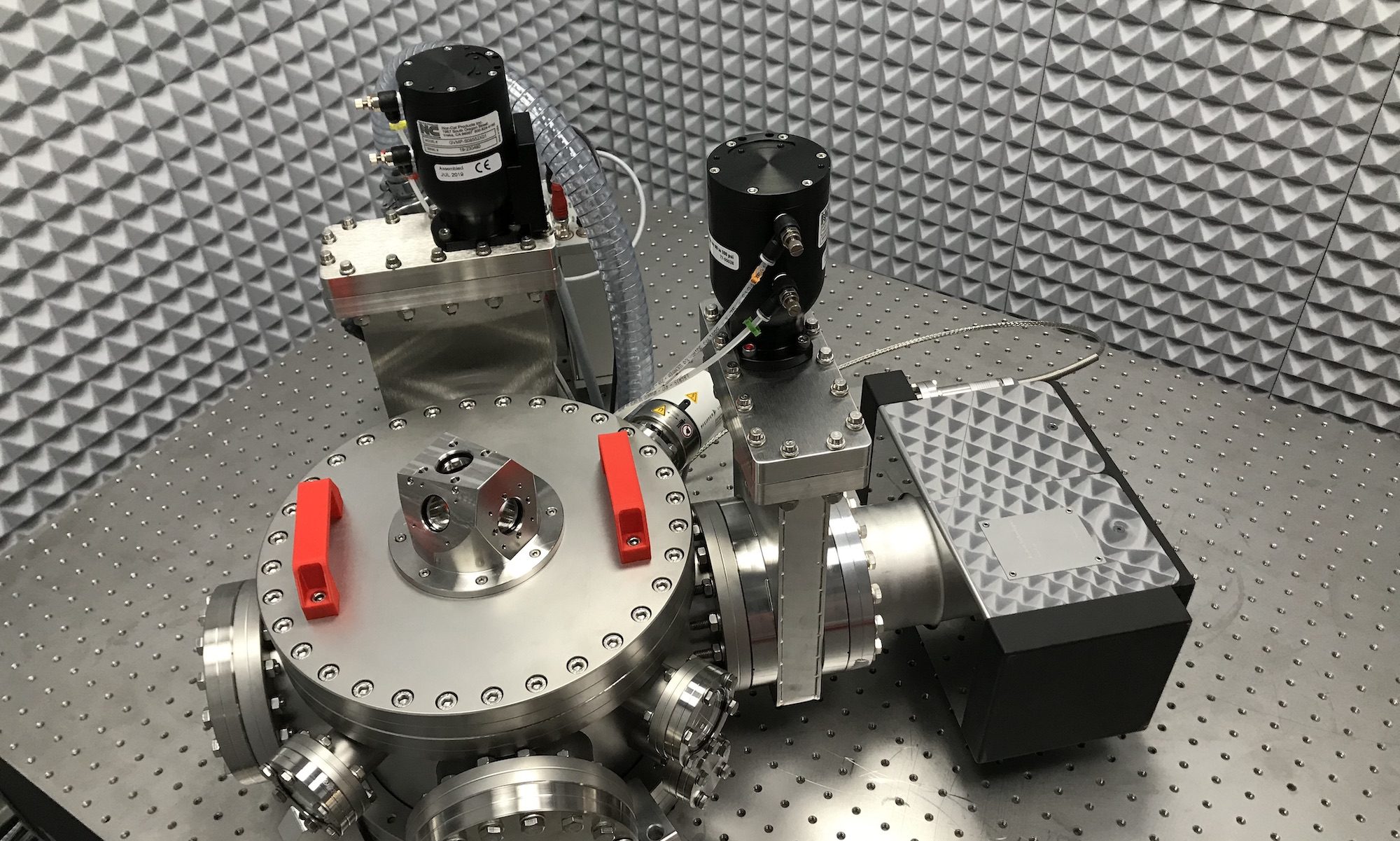L. Bellon, S. Ciliberto and C. Laroche, Europhysics Letters 53 511-517 (2001)
doi: 10.1209/epl/i2001-00182-9
The relationship between the conductivity and the polarization noise is measured in a colloidal glass as a function of frequency in the range 1 Hz-40 Hz. It is found that at the beginning of the transition from a fluid-like sol to a solid-like colloidal glass the fluctuation-dissipation relation is strongly violated. The amplitude and the persistence time of this violation are decreasing functions of frequency. At the lowest frequencies of the measuring range it persists for times which are about 5% of the time needed to form the colloidal glass. This phenomenology is quite close to the recent theoretical predictions done for the violation of the fluctuation-dissipation relation in glassy systems.




